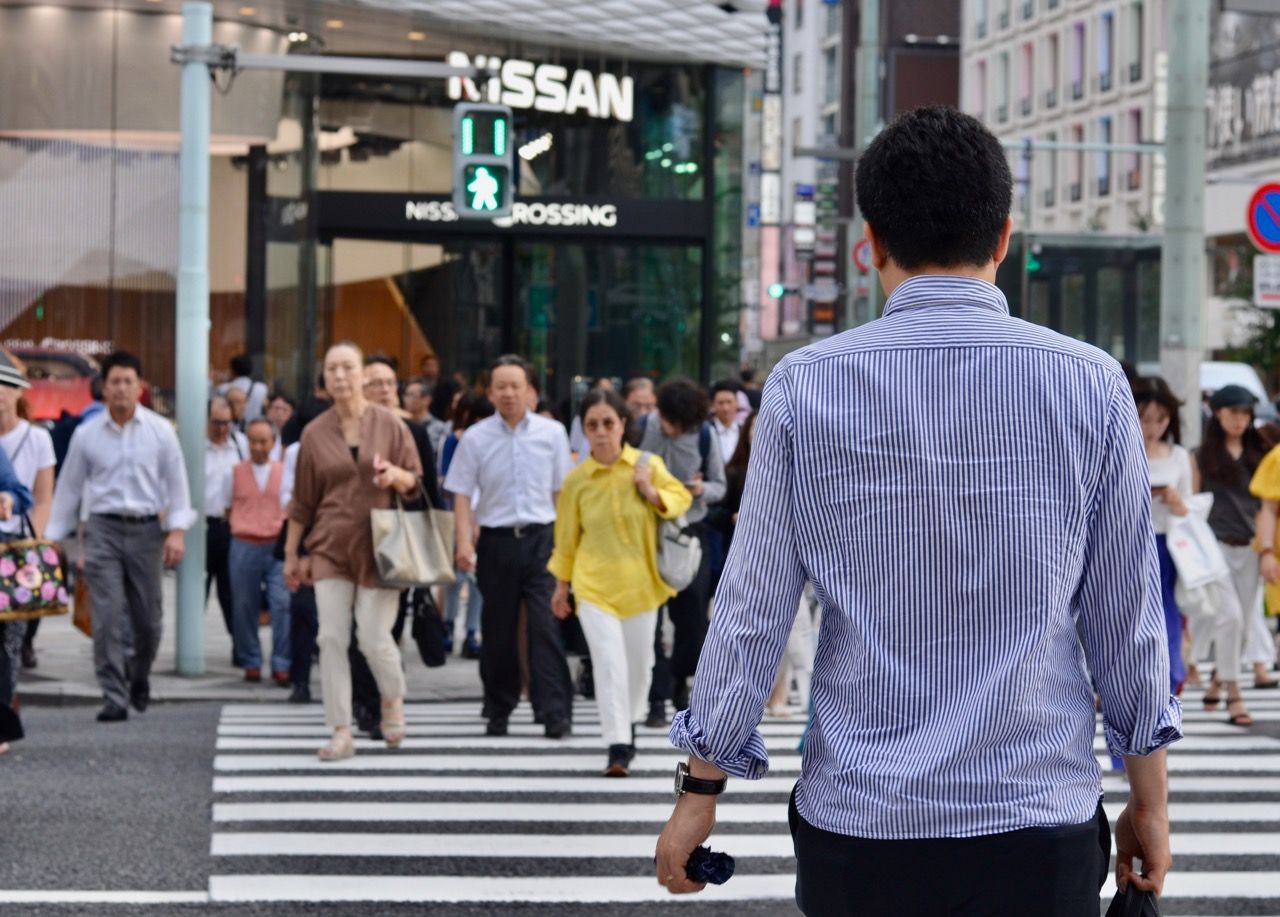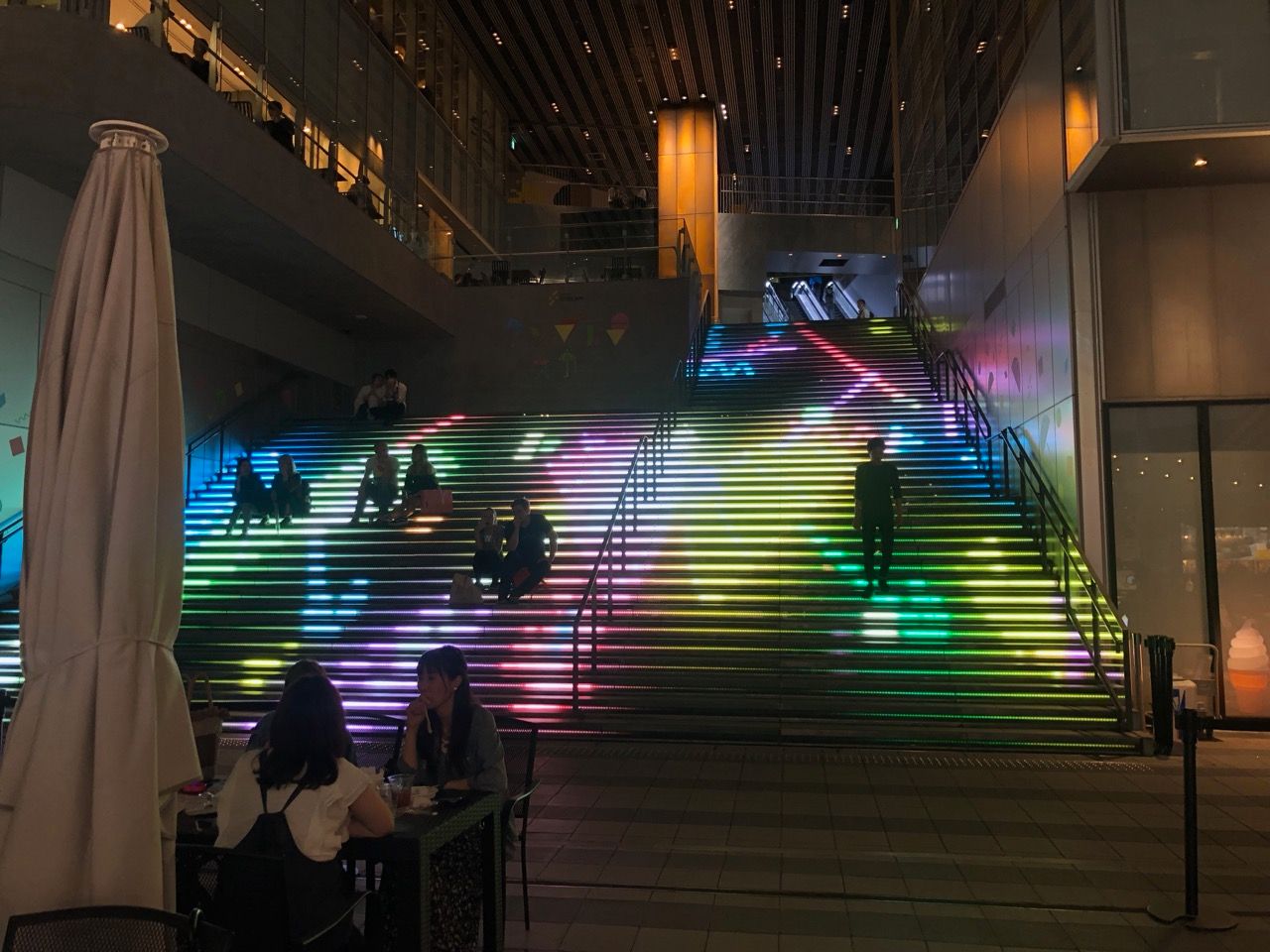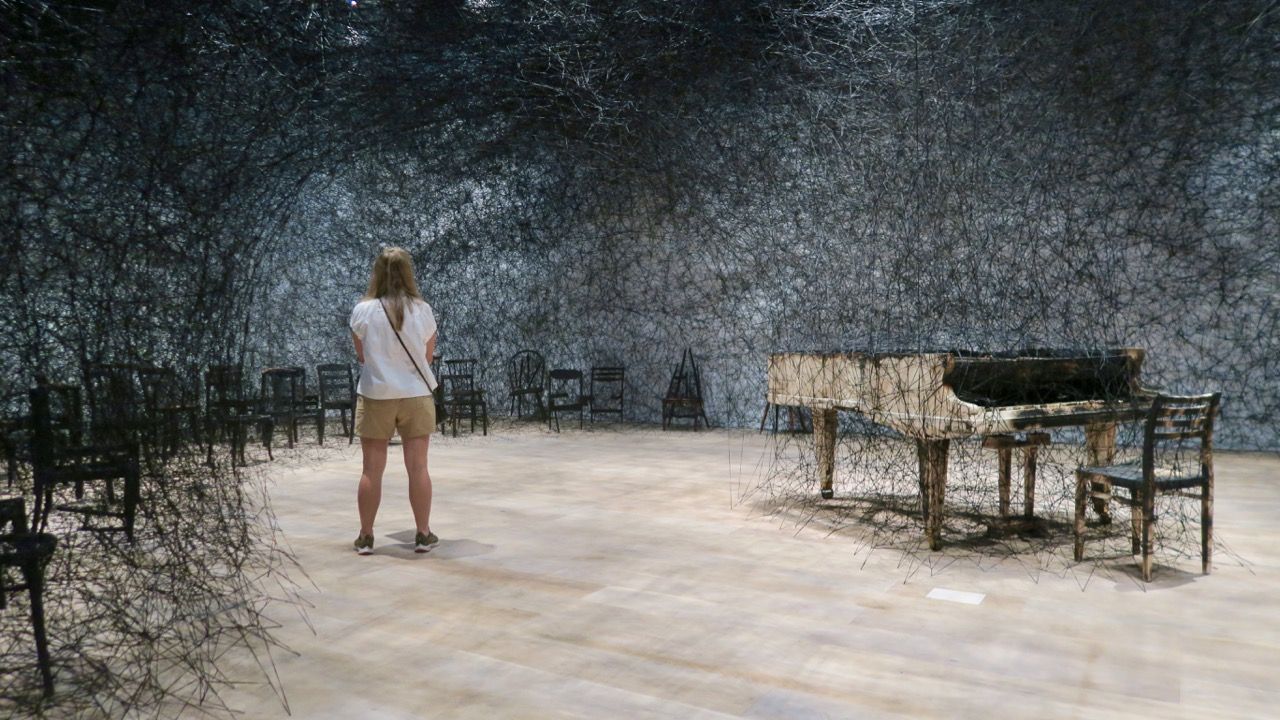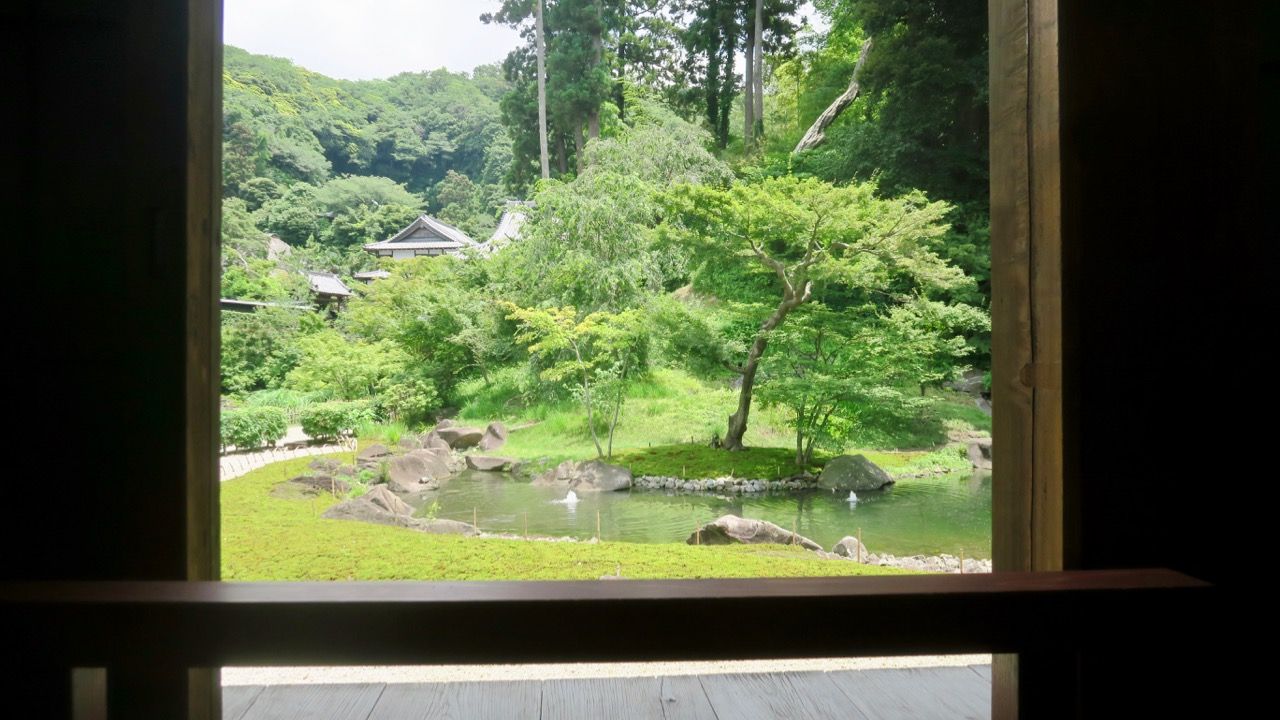6 things I learnt from a recent trip to Tokyo, Japan
Last month — my fiance and I realised that crazy, ‘Post-It note ambition’ by spending a very memorable week in Tokyo. I would be lying if I told you that it was everything that I expected, because Tokyo is so much more than anyone could wildly imagine.
Two years ago, ‘Japan 2019' was the simple Post-It note that I stuck on my fridge. At the time, I was doing my masters degree and in all honesty, was a bit strapped for cash due to my attention being firmly locked onto understanding ‘systems thinking’ and ‘chaos theory’ rather than making money; so the image of actually jumping onto a plane destined for Tokyo seemed highly unlikely. but the dream was real for me and the desire a life-long one.
Last month — my fiance and I realised that crazy, ‘Post-It note ambition’ by spending a very memorable week in Tokyo. I would be lying if I told you that it was everything that I expected, because Tokyo is so much more than anyone could wildly imagine. It is the dream destination that everyone talks about and absolutely lives up to the hype.
It frankly is — the future.
Now that we are back in South Africa, and have had time to reacclimatise ourselves back into a wet and cold Cape Town winter; here are my impressions of the Tokyo-experience.

#1: Tokyo is a massive place
Tokyo is vast — I’d estimate that just the Shinjuku Metro train station (one station in a network of hundreds) is about the same land area size as the whole of the Cape Town suburb of Tamboerskloof. It can take you half an hour to walk from one side of the station to the other.
Over 14 million people live in Tokyo, but the city itself feels intimate and surprisingly relaxed. It certainly doesn’t have a mad pace of New York or the frenetic bustle of Hong Kong, but size-wise it would be hard to top the sheer scale of the city.
What this means is that you can spend an awful long time exploring the place, without ever really getting to grips with it. The amount of commerce and business that is being conducted in the city, at any one time, is mind-boggling.
When you come back to Cape Town after a week in Tokyo, it hits you as to just how tiny and insignificant the Mother City really is in the greater scheme of things.
There is a lot of political talk about how Cape Town, and South Africa in general, can compete on the world stage, and what we need to do in order to attract foreign direct investment, and the talent to help make our city grow economically, but the reality is — is that Cape Town is a very small, picturesque, holiday town on the southern tip of the African continent.
We have a minute domestic market and very little industrial clout to move the needle in global economic terms. In so many ways I just think we’re asking the wrong questions of ourselves when it comes to the future of our region, which are really getting us absolutely nowhere. We need to really stop wasting time and resources on solving the wrong problems and rather define what it is that we want for ourselves, outside of the measurements of success that we blindly import from other countries and regions of the world.

#2 The Japanese are incredibly respectful towards others
There are a lot of jokes about how people line up and wait for trains in Japan; and how people pretty much queue for just about anything.
But the fact is that this extreme discipline stems from a deeply held respect for one another and an inherit understanding of interconnectedness between individuals that is the pivotal social catalyst that makes this huge city work so efficiently.
If the citizens of Tokyo had to conduct themselves in the same selfish way that South Africans do, the city would be left in absolute chaos and would most certainly not be the commercial and high-tech industrial hub that it is today.
Social order and respectful, personal discipline benefits everybody; and Japanese culture dictates that everyone works hard for the greater good of the collective.
It helps, in many respects, that Japan has a largely homogenous culture and history, in which everyone can identify themselves as being a part of Japan and Japanese society. This kind of uniformity does entrench togetherness that can be seen as ideal to South Africans — who are only all too aware of how much time and effort we waste fighting about, and defending, our apparent differences.

#3 Everything is designed — and I mean everything
When you have a deep respect for your fellow citizens, you make sure that whenever you produce something that will touch the lives of others, you design it so that it will elevate the lived experience of others.
Design is at the heart of everything in Japan.
From the experience of the public transport to the setting of the air conditioning in art galleries; the look and feel of humble bottles of cold tea to the exact amount of food served on a plate — all aspects of the overall experience of that moment, commercial or otherwise, are carefully considered and appropriately designed.

Even the pedestrian walkways around active construction sites get neatly positioned flower pots so that the public experience of walking past the site is a pleasant one.
Design in Japan is not an after-thought, but rather the foundation on which everything created is built.
The overall result relating to spending time in the city is a society that feels welcoming, friendly, safe and full of hope for the future. I could possible write a book just on this topic alone.
The question that is left lingering in my mind on reflection of this is; ‘How could Cape Town have ever been recognised as a World Design Capital?’. ‘What long-term benefits have resulted from the World Design Capital investment?’
Design in South Africa is an afterthought at best. We have no culture of design and treat it like something fit for children who can’t yet read. Our appreciation for it is lukewarm and we kid ourselves into thinking it to be otherwise.

#4 The Japanese take art very seriously
You would think that for such a highly-advanced, technical, industrial society that art would literally be the last thing on the priority list of the Japanese.
But instead, art is taken very seriously in Japan; with many very well-known commercial companies supporting the arts with generous donations and exhibition sponsorships.
Art is also famously popular in Japan and in high demand.
We tried to visit the newly built Yayoi Kusama museum (a gallery constructed with the primary aim of celebrating the work of the legendary Japanese artist), but we were not able to get tickets for the exhibition. In fact, tickets were not available for 3 months in advance, which just goes to show how interested people are in her work.
The way I see it — innovation and an innovative mindset, flourishes under conditions of creativity and artistic exploration. It makes perfect sense that the Japanese are so innovative and resourceful when it comes to the way in which they design and build products, considering the way in which they value their artists and cherish the work that they produce.

#5 Life is meaningless without a space for spiritual practice
Space in Tokyo is limited, which means that the real estate is very expensive.
What is surprising is that large tracts of land in the city are dedicated to parks, religious temples, public gardens, shrines and other spaces where people can relax and take the time that they need to reflect, meditate, pray, contemplate and just simply think.
It’s these open, safe, public spaces that make the city liveable and usable and attractive as a place to conduct business and spend time happily.
It’s obviously impossible to quantify what these open spaces are really worth in the greater paradigm of building a city of value, but the designers of Tokyo understand how important building a ‘human city’ is and with that in mind, make sure that these spaces are preserved and maintained for the citizens of- and visitors to the city.

#6 Automation doesn’t kill jobs
Japan has an unemployment rate of just 2.3%.
In fact, employment is so popular in Japan that they get the older folk to direct traffic at place like Shibuya Crossing and to help foreign visitors at the larger train stations find the right connections that are not so clear to them on Google Maps.
Machines are everywhere in Japan — and yet they have near full-employment. What I noticed is that even though you can find a vending machine selling drinks and iced coffees on just about every street corner, that doesn’t seem to negatively affect the numbers and trading volumes of convenience stores selling the same things, located right next door.
Efficiency and abundance appears to promote even more efficiency and abundance. In Japan it’s not a zero-sum game — there is just more than enough to satisfy everyone — that’s obviously what happens when you have an economy that everyone can participate in. The worries and questions that we have about automation and jobs don’t seem to apply as much over there.
According to the IMF, “automation and increased use of robotics have had an overall positive impact on domestic employment and income growth” in Japan, the IMF report suggests. “Notably, these findings … are the opposite of results of a similar exercise based on U.S. data,” the report pointed out, adding that “it appears that Japan’s experience may differ significantly from that of other advanced economies.”
Tokyo is a magical place to visit. It’s futuristic, clean, friendly, vast and will leave you a different person once you have spent some time there. This synopsis may admittedly paint a glowing review of the city, but like all places where humans are to be found there are obviously issues and challenges that they face too. Culturally however there is much inspiration that can be drawn from Japan. Do yourself a big favour and get over there for a sneaky visit soon.

